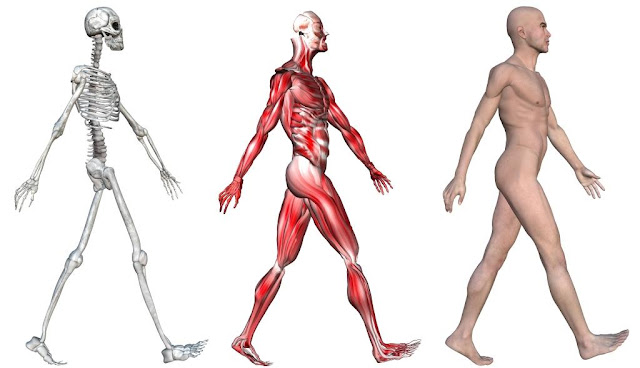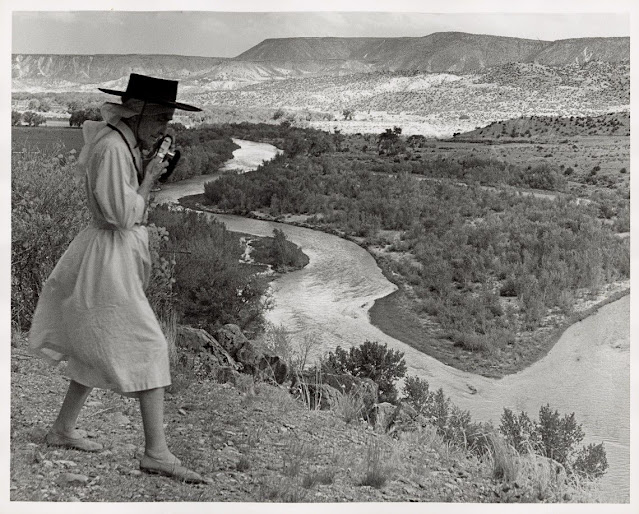One of the cool things, possibly the only cool thing, about being me is that people send me
free books from time to time. The most recent is a book of photographs by John Brian
King titled Ghost Variations.

The images are the results of King walking through the Coachella Valley desert at night, carrying a basic instant film camera loaded with black and w
hite film, and from time to time taking a picture using the built in flash. In fact to my eyes the end results look less black and white than varieties of dark grays and blues.
Rocks, boulders, scrub, a couple of palm trees, a fallen branch, are caught in a cone of light with dark, distant shapes looming and lurking in the distance. The pictures are sometimes mysterious, aften ambiguous, sometimes very dark, sometimes washed out. If you’re so minded you could consider these things metaphors for the desert itself.
The results are eerie, indeed occasionally ghostly. And I can imagine that some people would find them scary or disturbing, but I suppose it all depends on how you feel about deserts. Personally, with the occasional I’ve generally felt at home in deserts, found them a source of wonder, beauty and solace. Great places to walk and take (often not very good) photographs. But I know that other views are possible.
I thought Ghost Variations was a great idea, beautifully executed. It made me want to go wandering through the desert at night with an instant camera, even though I know it’s already been ‘done.’
Thanks to all involved for sending me the book. Publication day is May 5th, published by Spurl Editions.
Ghost Variations becomes part of what I realize is a small, not quite randomly accumulated, collection of what we might call books of desert photography.
There’s Ansel Adams of course, and especially his book Manzanar, about the Japanese internment camp.
There’s John Divola’s Isolated Houses
Lee Friendlander’s The Desert Seen
Richard Misrach’s Bravo20, the Bombing of the Ameirican West.
Mark Flett’s Saguaros, a giant book of giant and wonderfully strange-looking saguaros.
All these books I assume involved the photographer in doing a certain amount of walking, although I also assume that John Divola’s Dogs Chasing My Truck in the Desert involved no walking at all, and that’s one of my favourites.
I wish there were more women in the collection, but that’s my bad. I can name plenty of great female desert photographers: Karen Halverson, Wander Hammerbeck, Michelle VanParys, Susie Keef Smith and Lula Mae Graves. I just don’t own books by them.
 |
| Karen Halverson |
All these photographers look at the desert with different and very selective eyes. The desert is an inexhaustible subject but then I suppose all subjects are.
I learn there is also a recent book (which nobody is likely to send me) titled Georgia O’Keefe, Photographer, edited by Lisa Volpe. O’Keefe is an interesting case because according to Volpe ‘she didn’t pick up a camera until she was in her late 60s.’
Obviously she was a walker long before that. Volpe quotes her as saying ‘I don’t wale to get places. I walk to be inspired.’ I’ve never thought that these two things are mutually exclusive.
Below is the first picture I ever took in anything that could even vaguely be thought of as the desert. It’s somewhere in California. I was hitchhiking across the States, as was the style at the time, but we’d stopped for a walk to stretch our legs. They were good guys. They didn’t understand much of what I said, but who does?
(Obviously I don't own copyright in any of the above photographs except the one of my own - I hope nobody sues me, cos I ain't got nothing.)































